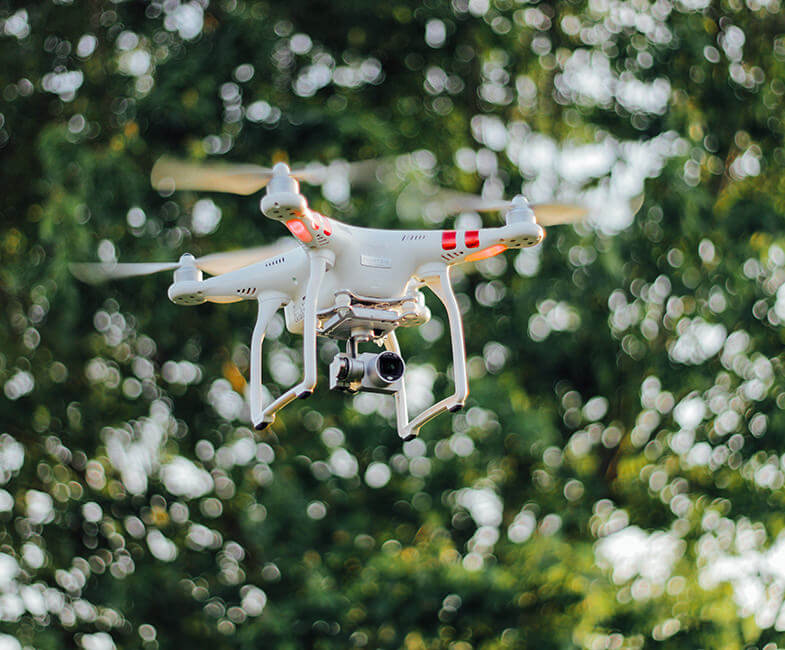Flying a drone for the first time is overwhelming and confusing. For first-time pilots, it is always advisable to read the manual instructions and have someone with you who knows how to fly a drone. There are many factors in Lakeland drone videography that needs to be considered before flying a drone. Missing out on these critical factors and checkpoints could immediately subject your drone into a crash.
The reasons why drones crash are these:
Malfunctioning Rotors
The propellers of your drones are made to be sturdy and durable, but they are bendable and soft to avoid unnecessary and unintentional damage to properties and so as not to hurt people. Minor incidents can cause these propellers to bend out of shape.
Maybe you put it in the wrong position when you stored it? Maybe someone sat on the propellers? If they are out of shape, the rotors will not work properly and your drone might crash halfway into its flight. Check the propellers before flying.
Lack of GPS Signal
Flying indoors can cause your GPS device to malfunction or lose signal. Actually, it is almost a guarantee that flying indoors means weak or no GPS signal. To avoid this confusion, always fly outdoors and away from tall buildings and trees.
Pressing The RTH Button Too Soon
RTH stands for Return to Home. Sometimes, when a pilot loses control of a drone, the immediate reaction is to hit the RTH button. But most consumer drones will simply take flight to the home point without minding the obstacles that are on the way.
That’s why it’s important that you think of a strategic plan before pressing that RTH button. If you can plan a path to avoid the obstacles along the way, you can safely land your drone.
Incorrect Home Point
This sometimes happens when the drone loses the GPS signal and once it turns on again, the device will calibrate to an incorrect home point. Check if the recognized home point of the device is where it took off or where the remote control (because you will be moving) is.
Also, when setting a home point, make sure that your device can fly at least 100 meters above anything in the area unless your home point is near a tall building or a telephone/electricity mast.
Power Failure
This is a common mistake for first-time Lakeland drone videography pilots; thinking that they can fly a drone with a semi-charged battery. While that works for short flights, it is a big risk to take. Your drone can lose power mid-flight, turn off, and crash almost immediately. Only fly your drones when you have a full battery.

